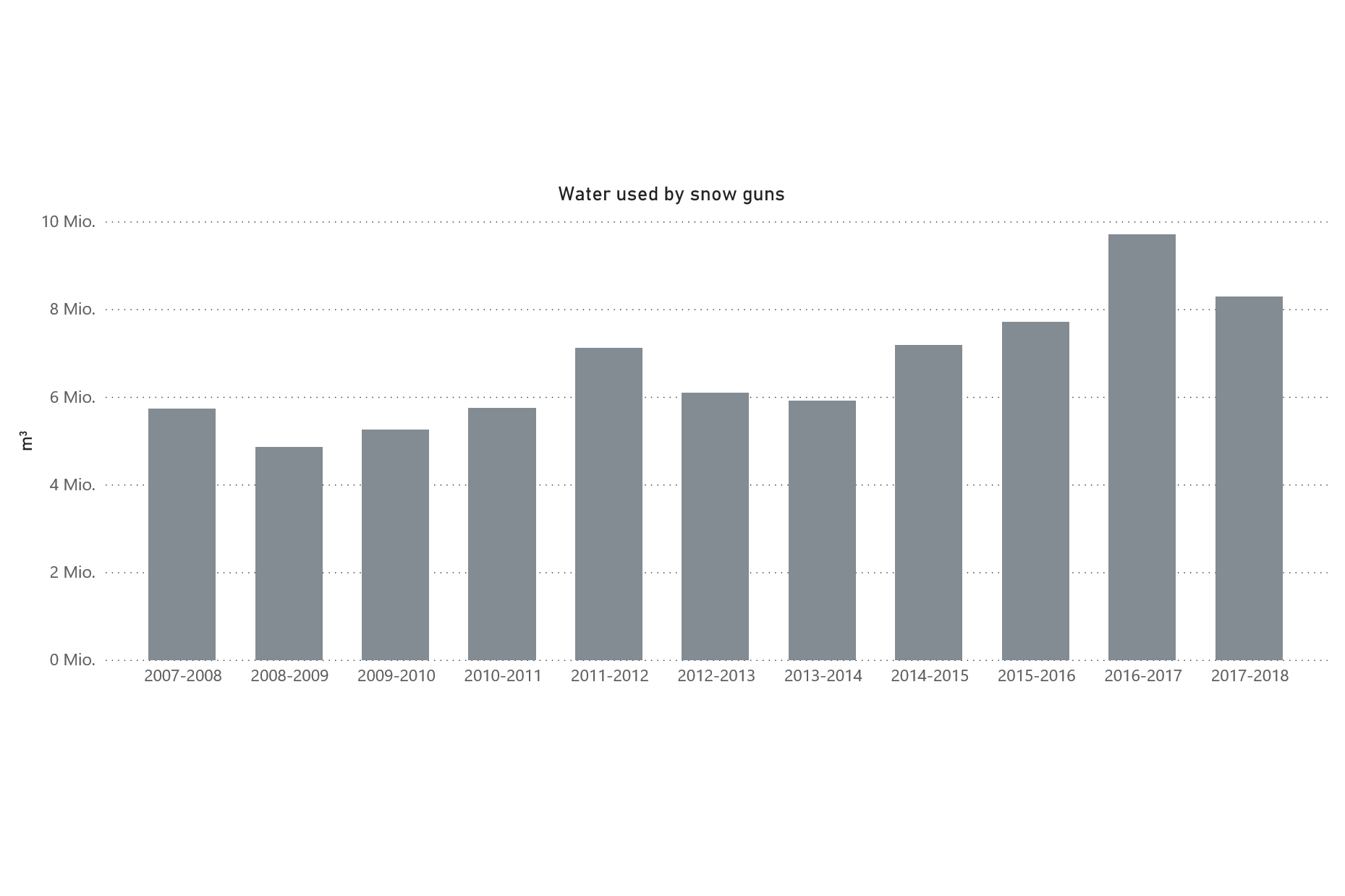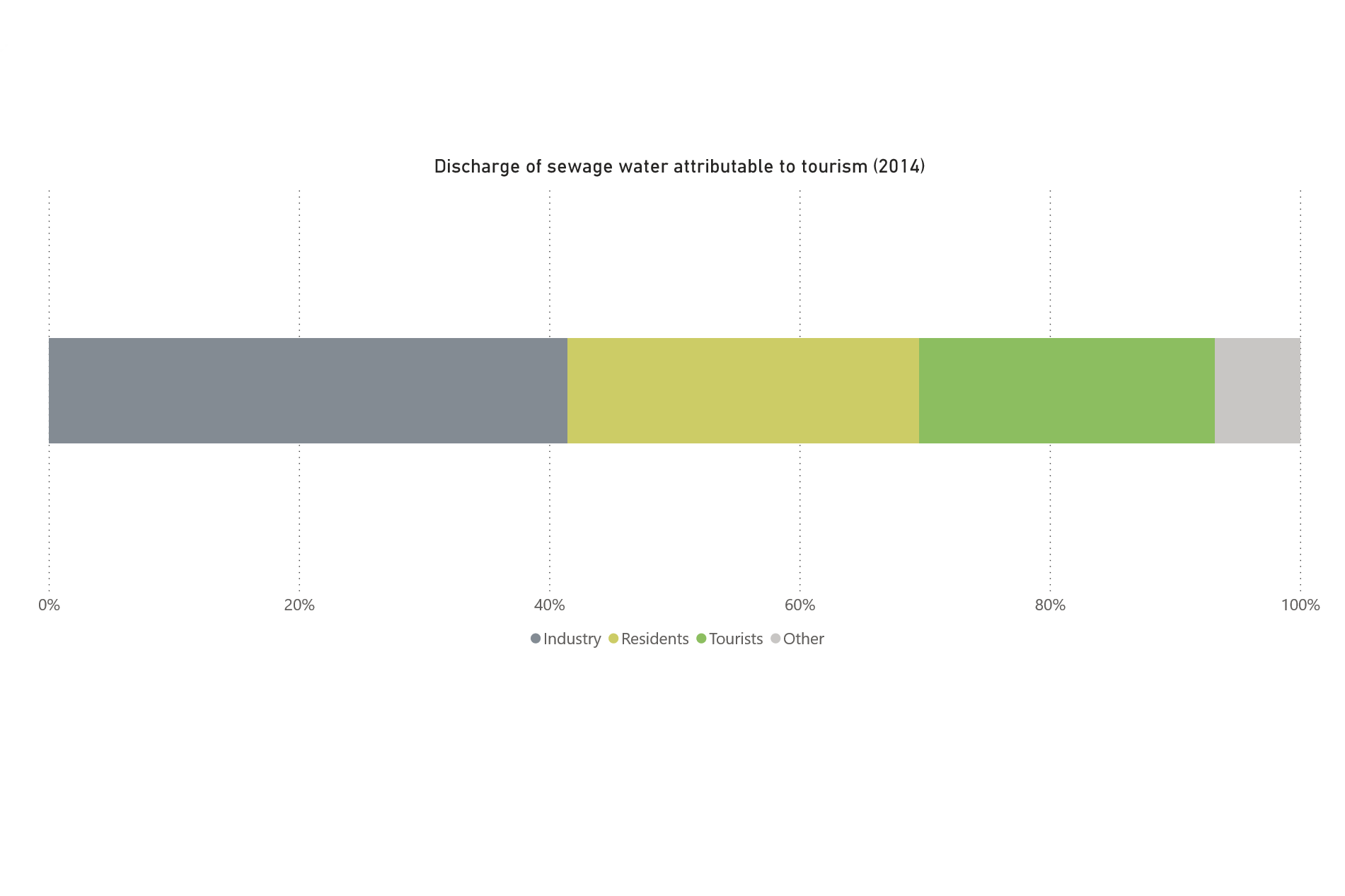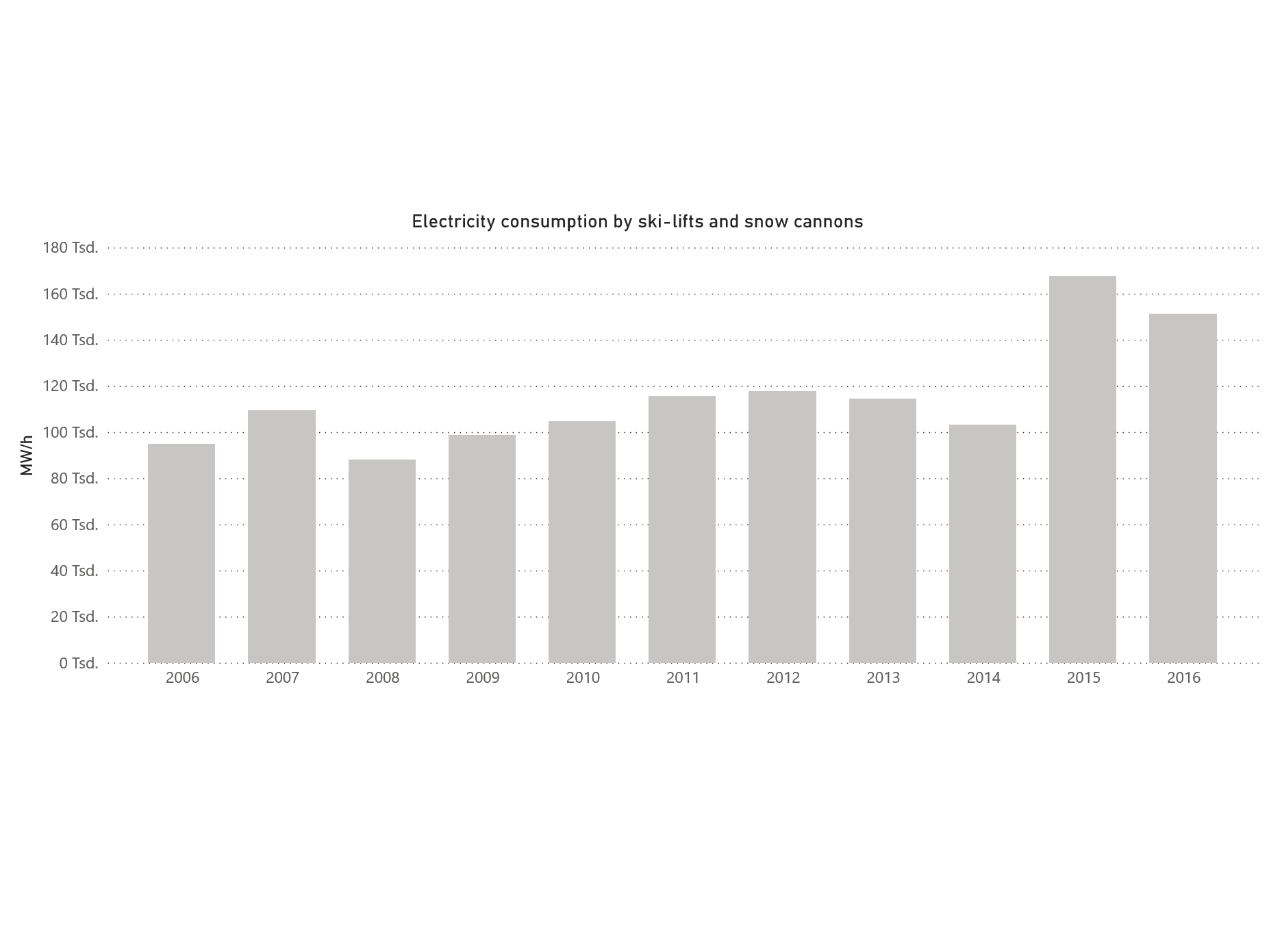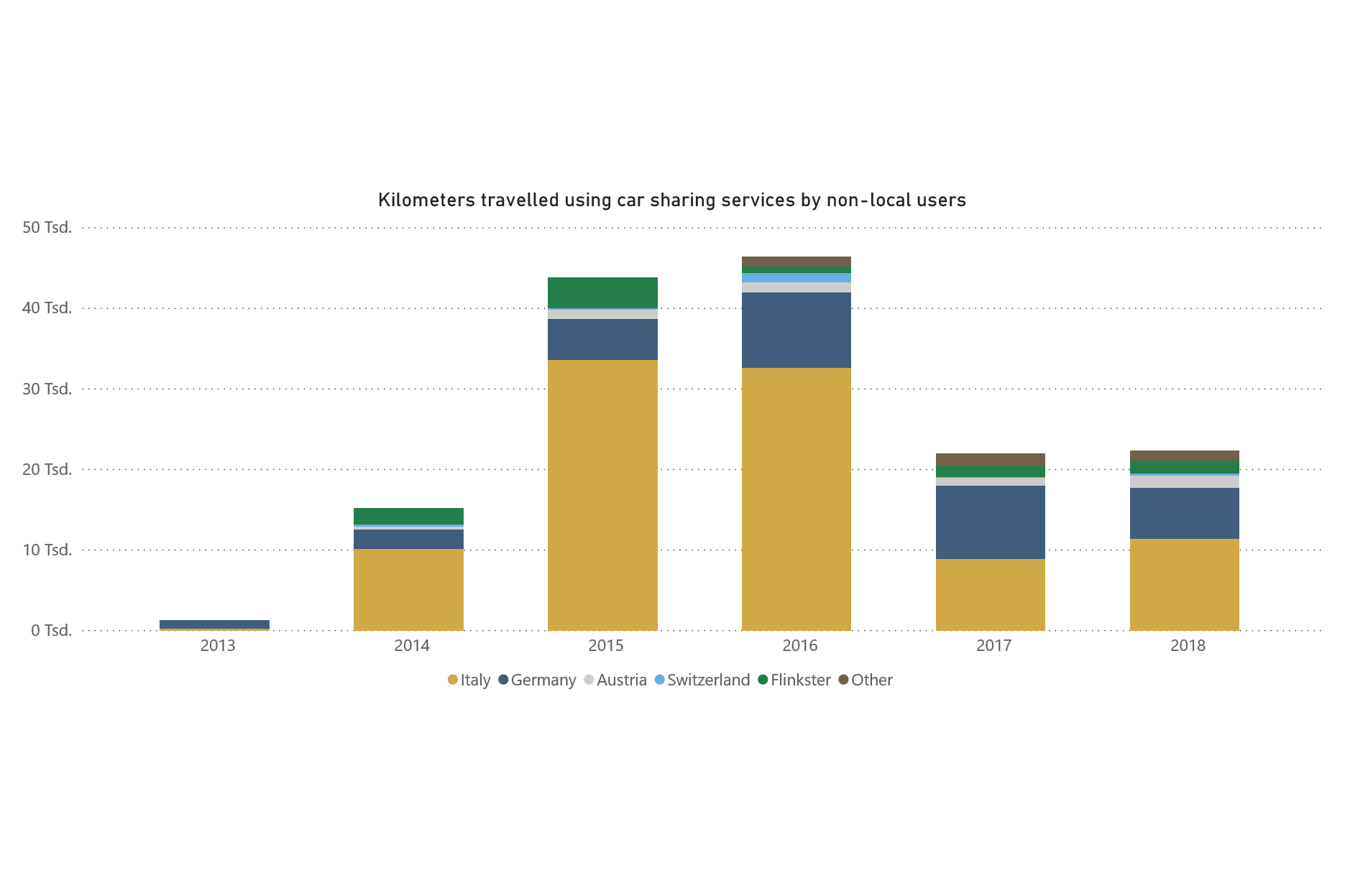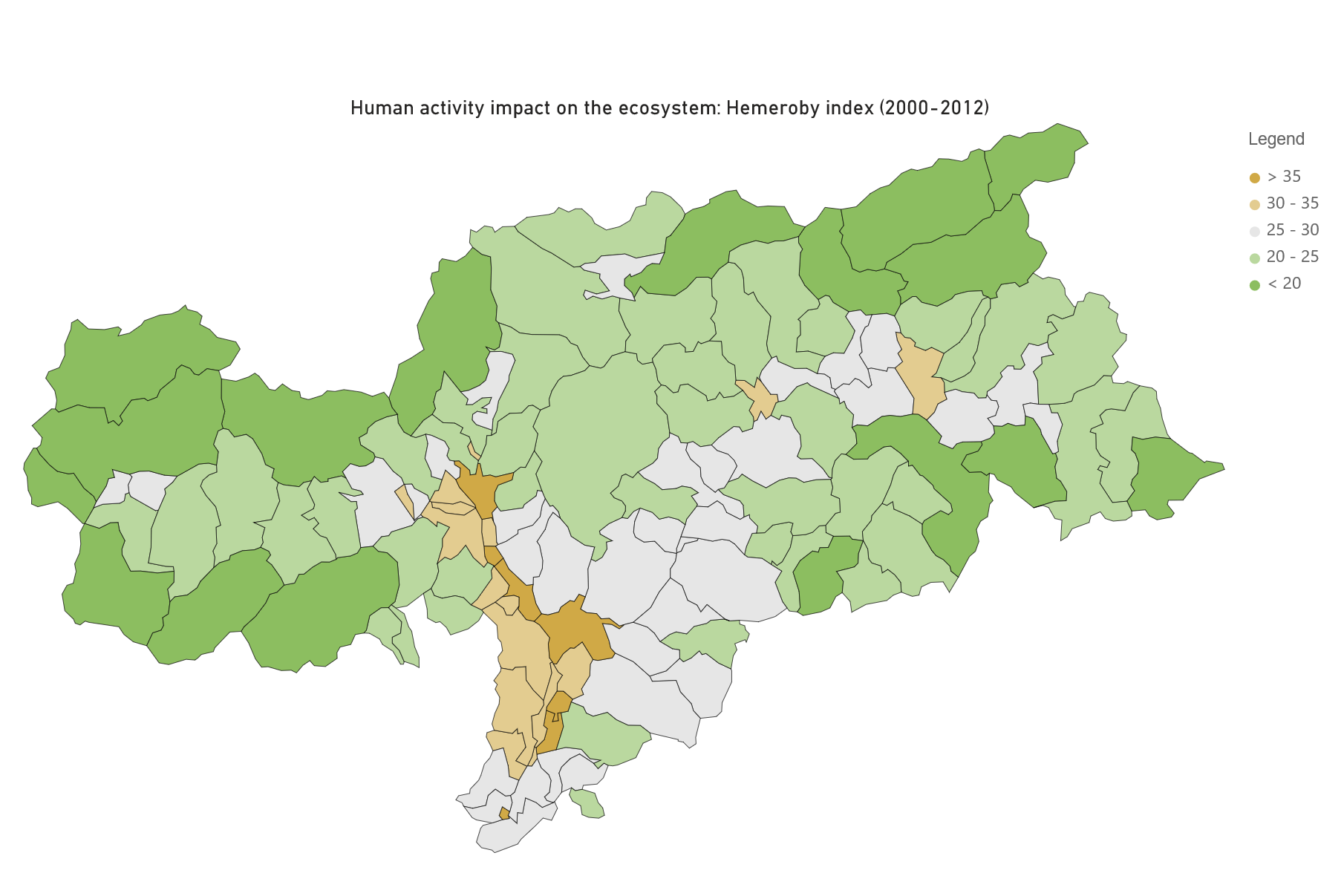Sorting waste is more complicated in tourism, due to the use of single-dose products, but also due to tourists’ lack of knowledge of the specific rules for the separation of waste.
Solid waste is generated in nearly all activities that humans undertake. However, it is acknowledged that tourism-related activities produce amounts well above those encountered in normal domestic usage1Hamele & Eckardt, 2006. In fact, they often expect higher standards of hygiene and a wider range of choices in food and other services, which translate into more garbage. Moreover, while on vacation, people tend to use more disposable products than at home, a habit that also increases waste volumes. To mitigate the impacts of these phenomena, a good management system and well-made information policies for guests and staff members can help. In turn, to sensitize guests and staff members to waste reduction mechanisms, a solid background of knowledge on the waste volumes produced, and the management processes implemented is needed2UNWTO, 2004.
Strategies to minimize waste generally include reduction, reuse, recycling, residual treatment, and residual disposal: their adoption should be considered at destination level and particularly within accommodation facilities. An efficient management might also represent a source of cost savings for a tourism business, whose entity depends also on the business location and the local refuse management regulations3Pirani & Arafat, 2014.
Notwithstanding the relevance of refuse management for the tourism sector, the literature on the topic is very limited, making it difficult to pin down the impact of tourism on waste production. In order to circumvent this problem, the decision was taken to estimate the production of waste in accommodation facilities using a coefficient retrieved from Hamele & Eckardt (2006) on the production of waste per overnight stay.
MORE ABOUT ENVIRONMENT

Water Management
Various tourist activities, for example skiing or golf, require large amounts of water.

Wastewater Management
A high concentration of tourism in certain months of the year can lead to overloading of water treatment plants.


Energy Management
An increase in the number of tourists leads directly to an increase energy consumption in the destination.

Mobility
In high season, individual mobility generates congestion and pollution, creating discomfort for residents and tourists.

Nature Conservation
The presence of protected areas guarantees greater sensitivity to the environment and more nature-friendly forms of tourism.


